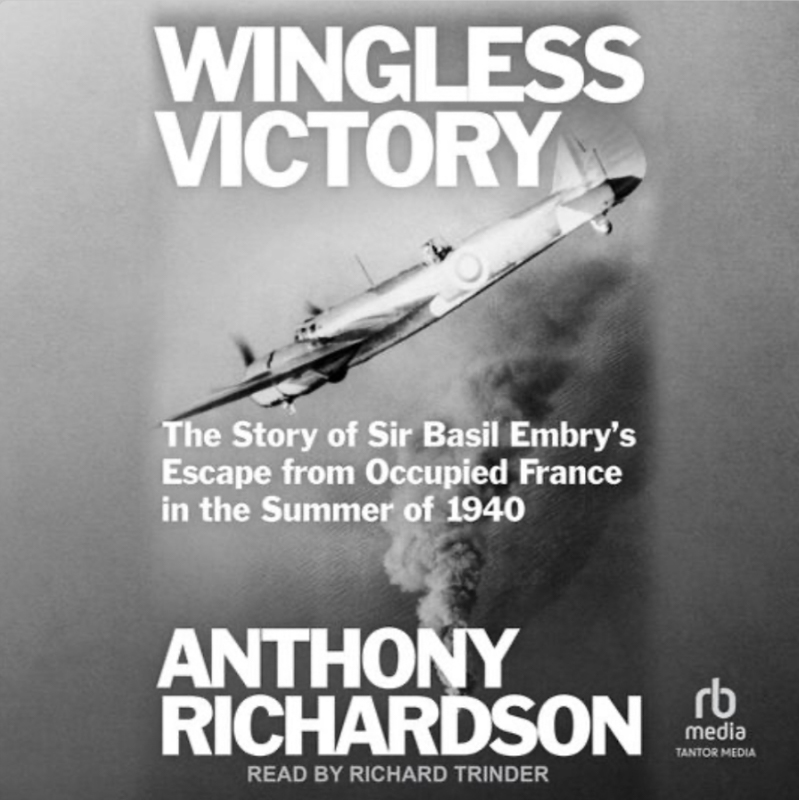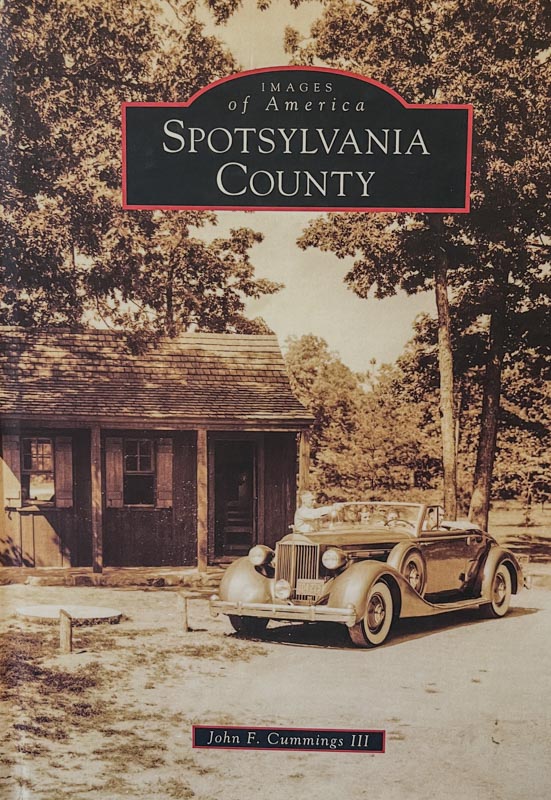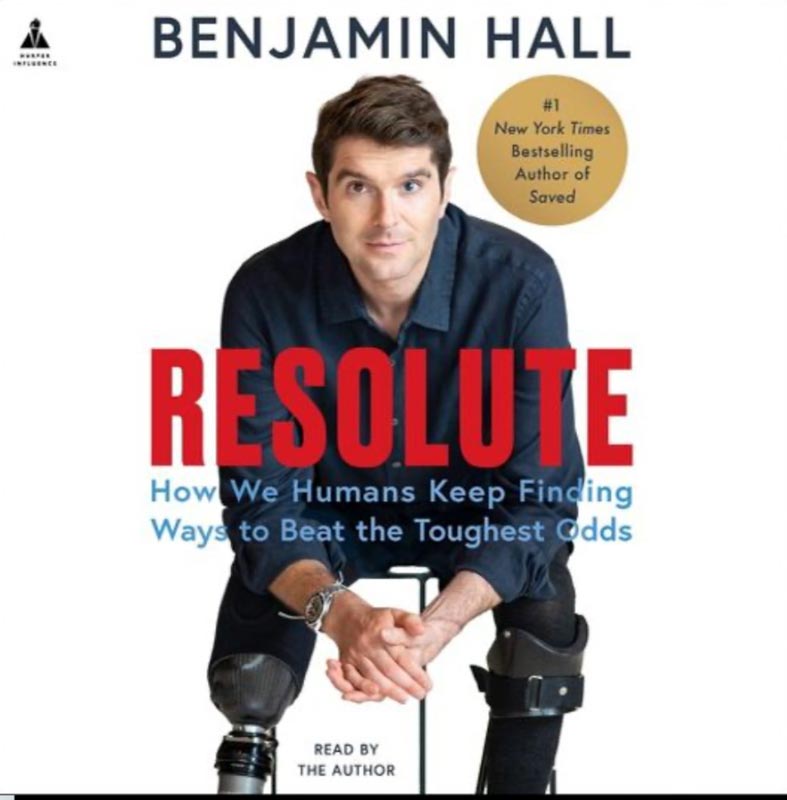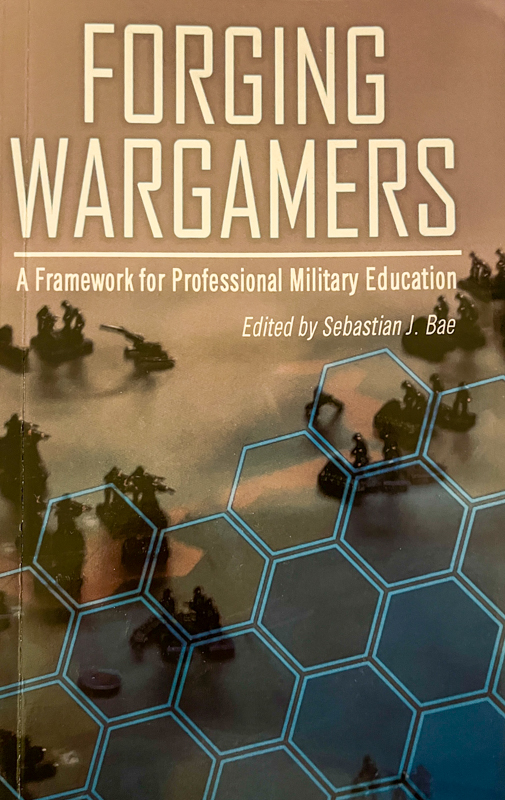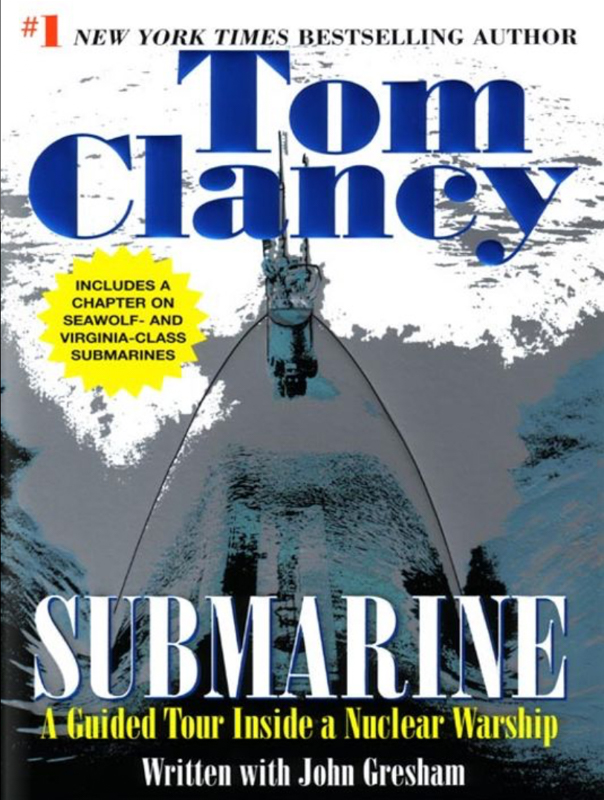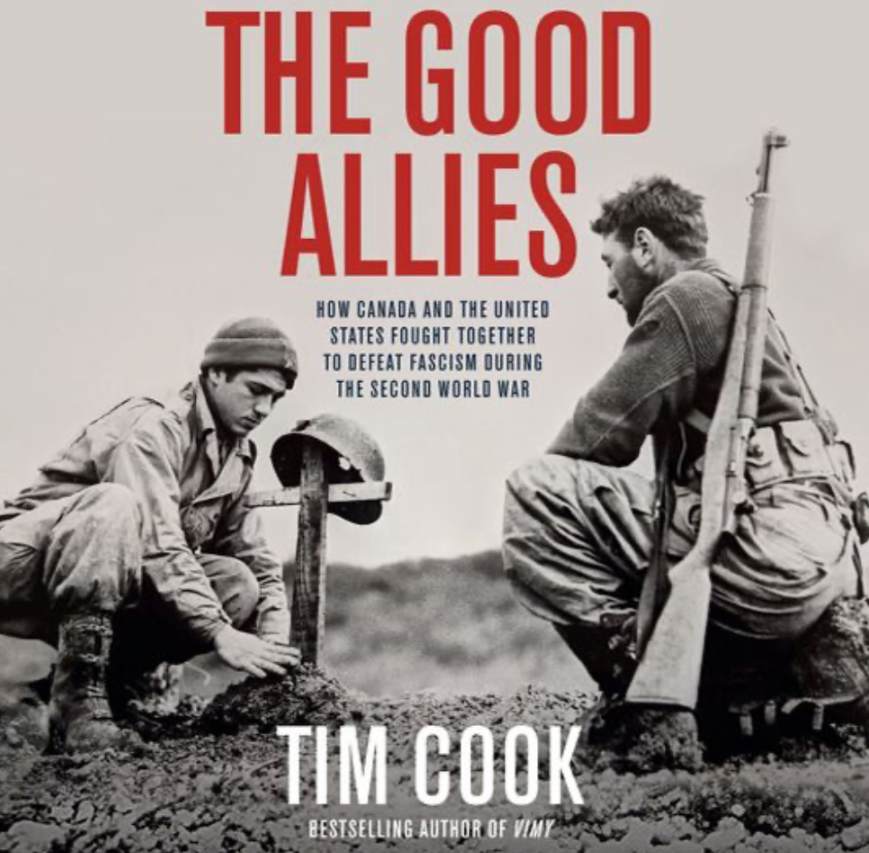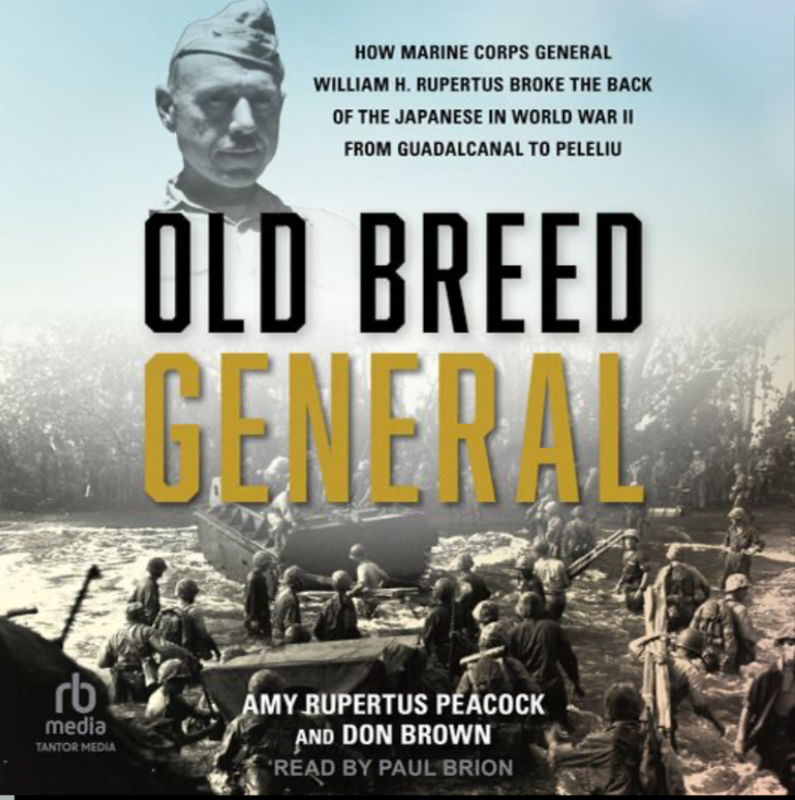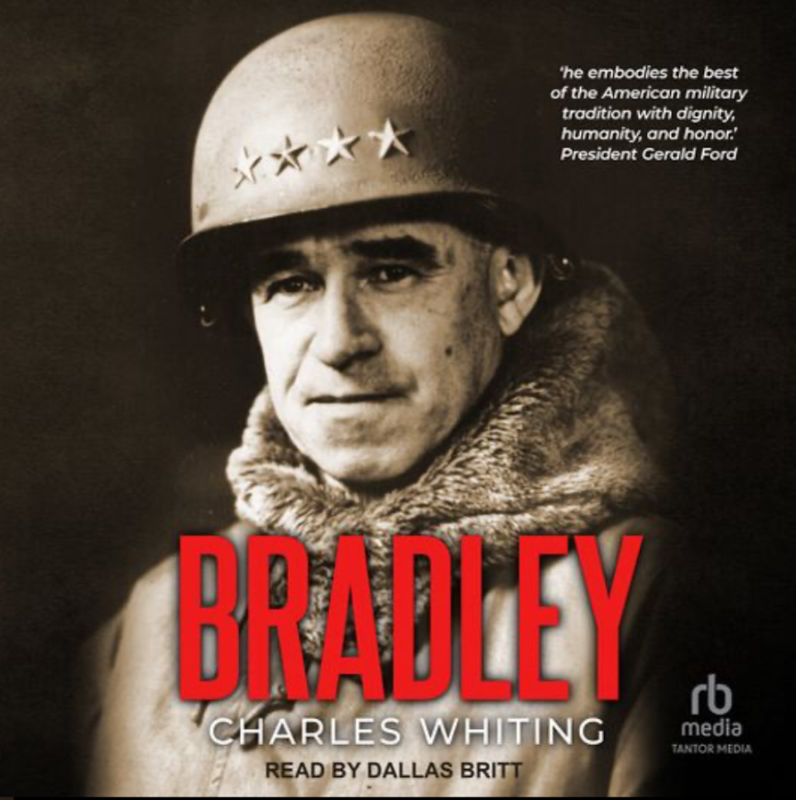Plan B: A Service-framed Examination of Economic Warfare
Background
Published in 2025, Plan B: A Service-framed Examination of Economic Warfare was released by the Marine Corps University Press as the first entry in its Marine Corps Futures series. The work originates from discussions within the Commandant’s Office of Net Assessment and considers how the U.S. might employ economic warfare, particularly against the People’s Republic of China. It analyzes the historical role of economic coercion, outlines how a blockade of energy supplies could shape a modern Sino-American conflict, and assesses how the Marine Corps could contribute to such a strategy. The book discusses both the potential advantages and the challenges of implementing blockade operations and concludes with recommendations for preparing Marine Corps forces for missions tied to economic warfare.
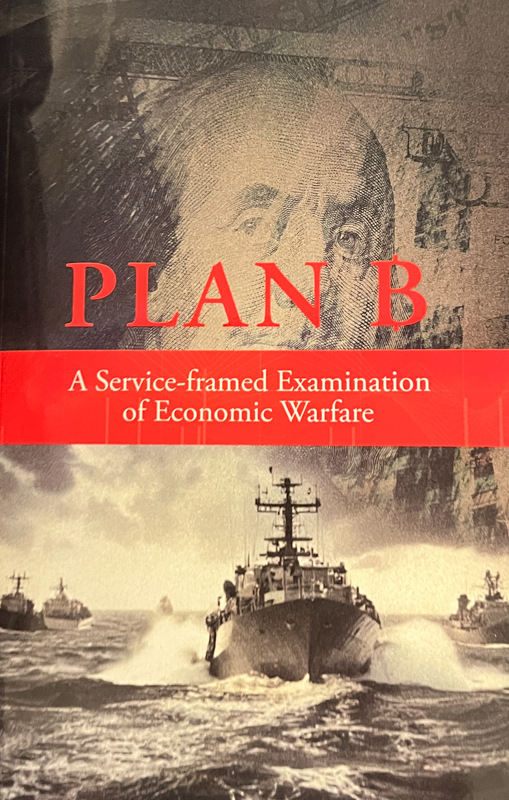
My Thoughts
It really is amazing at this time when thousands of man made satellites are in orbit, when supersonic war heads can drop straight out of the heavens and destroy us all without enough time to blink, that a simple naval blockage can bring a country to its knees. It seems very little has changed.
This was interesting reading although it wasn’t what I’d call a page turner. The concept is simple enough to grasp, but I just kept coming back to the thought of how fragile and interconnected we are as a global society. Much like the trucks that keep our grocery stores stocked, huge tankers keep whole countries supplied with energy and just about everything else.
Recommendation
I wouldn’t recommend it unless you have a direct interest.
